Shy Baboons
Shy baboons are less likely to put what they learn from watching others to use.

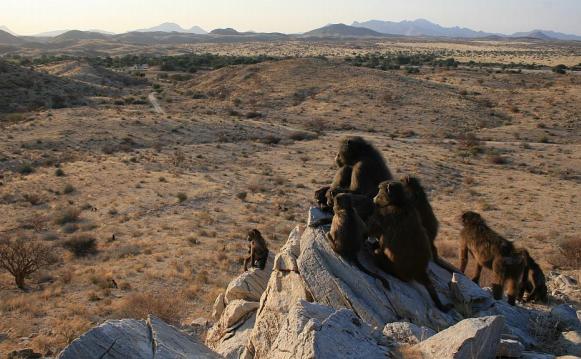
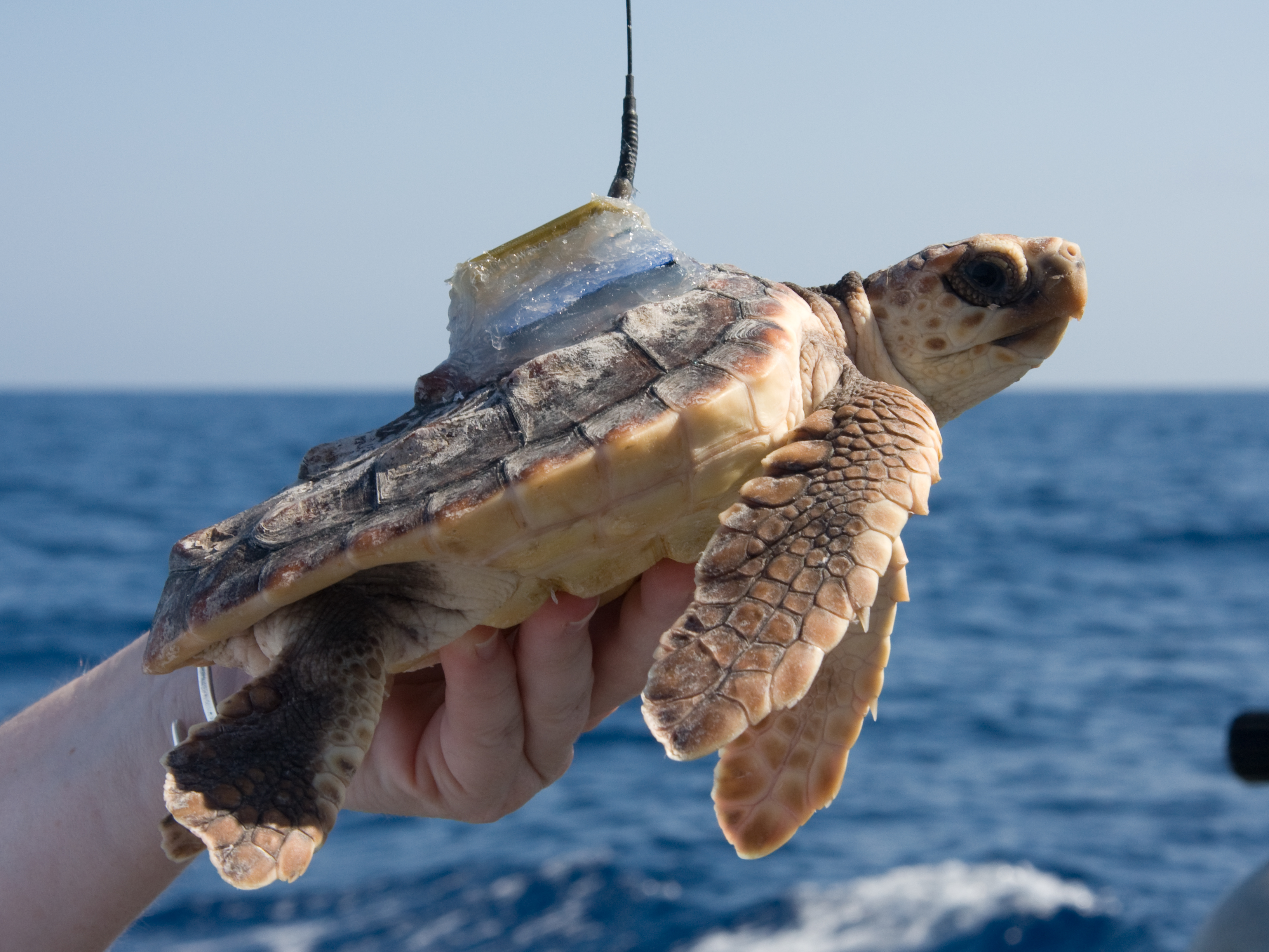
Scientists are using satellites to track the mysterious migrations of young sea turtles.
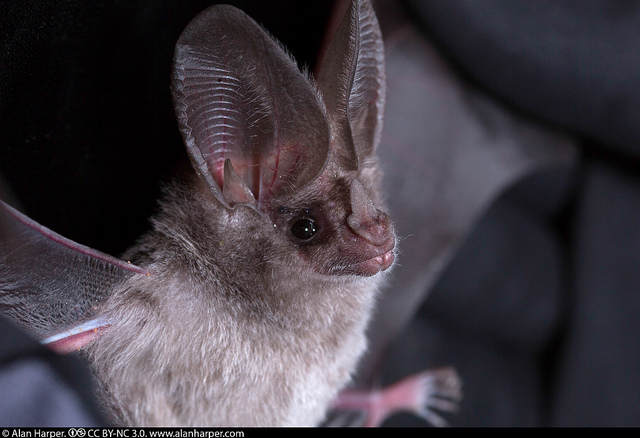
A recent expedition to Baja California revealed a surprising number of bats living in abandoned mines.
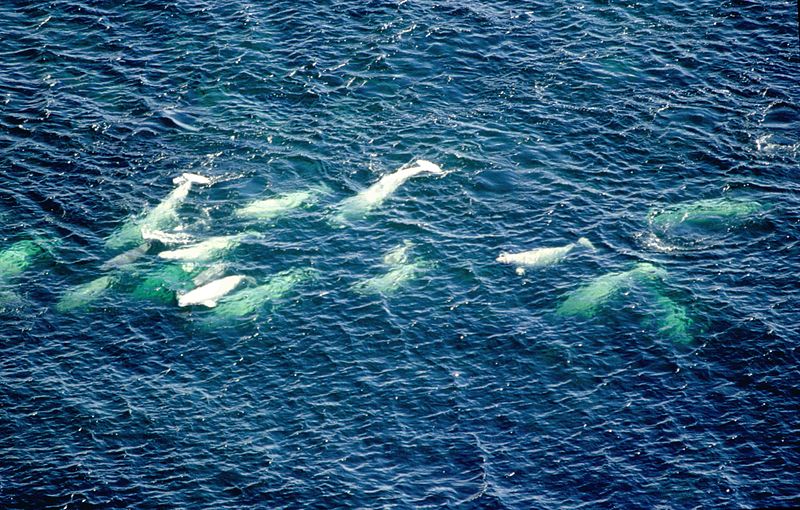
A parasite called toxoplasma gondii is invading Arctic beluga whale populations thanks to global warming.
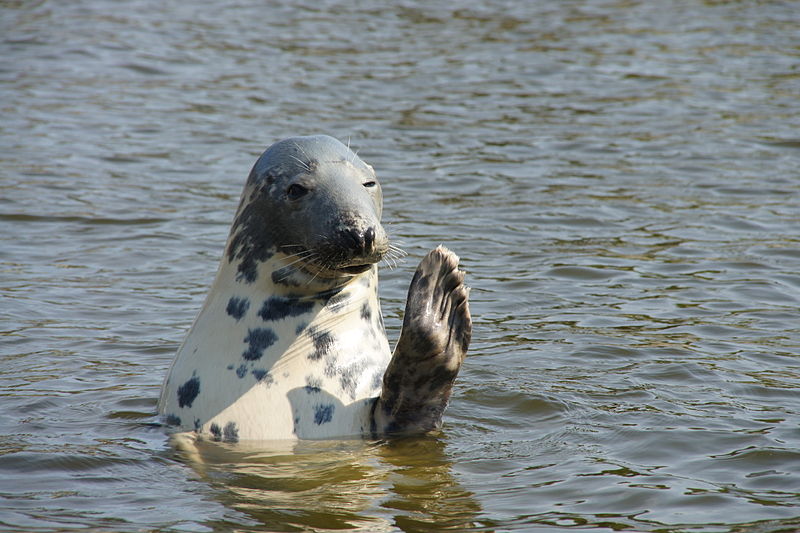
Melting sea ice allows marine mammal species that were once isolated to intermingle – and share diseases.
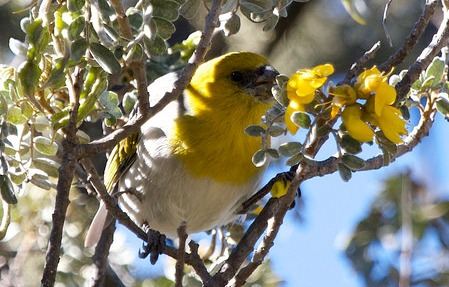
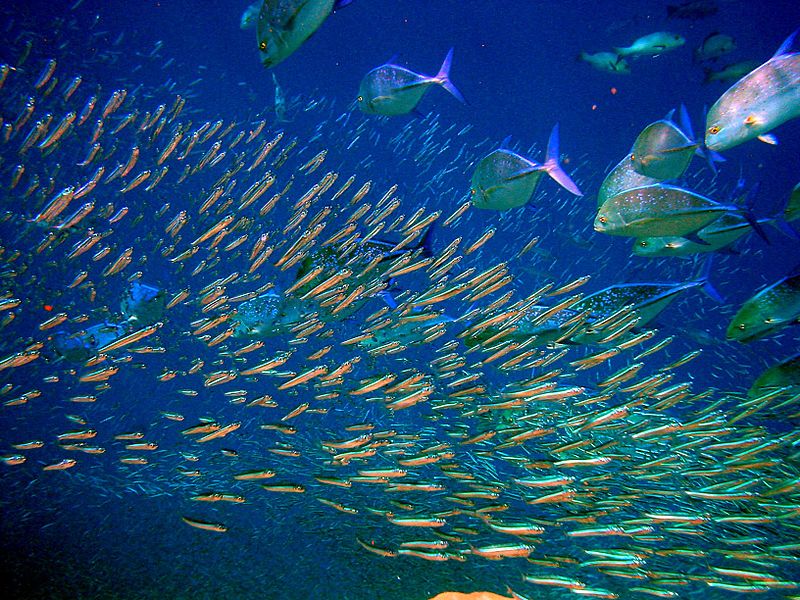

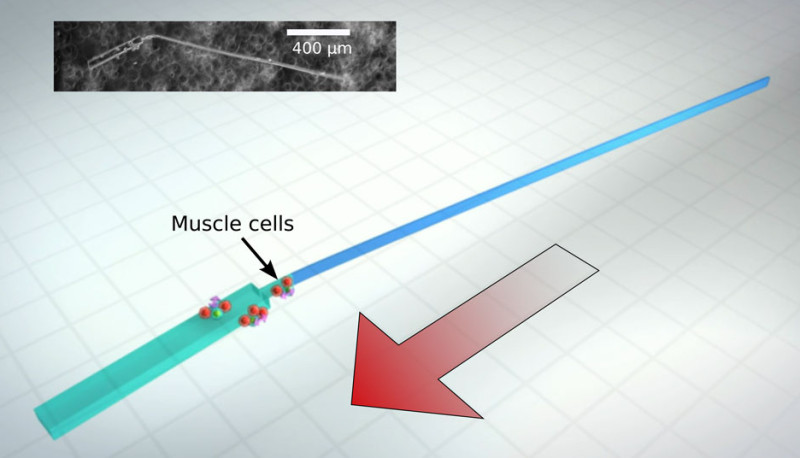
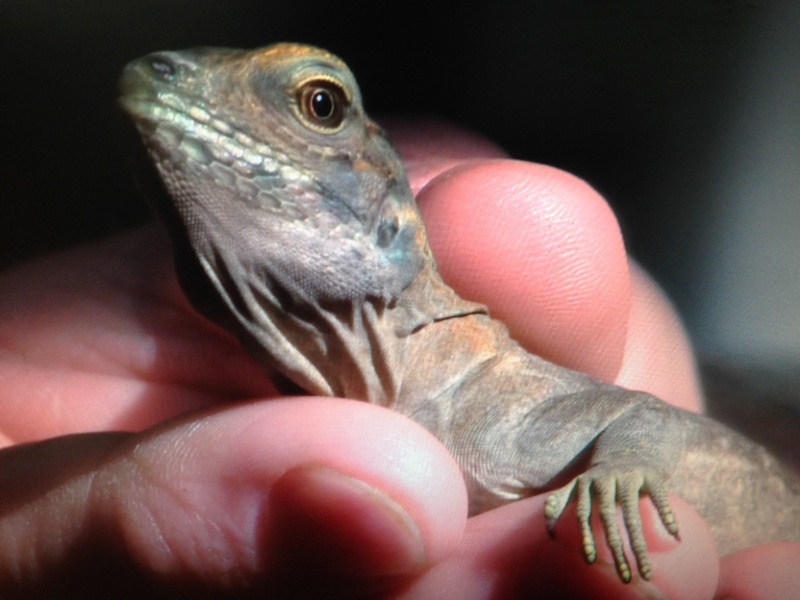
Rock iguanas are the most endangered lizards in the world. But captive breeding is helping bring them back.
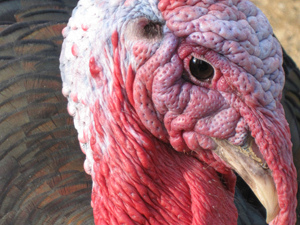
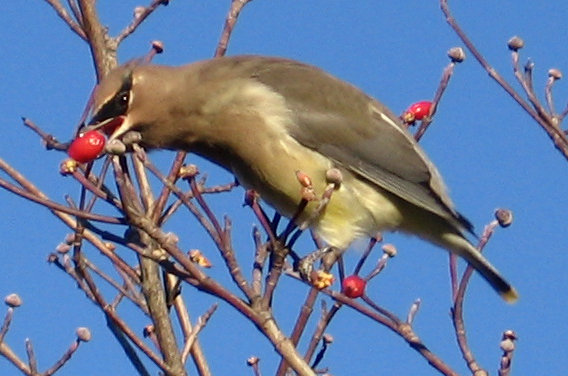
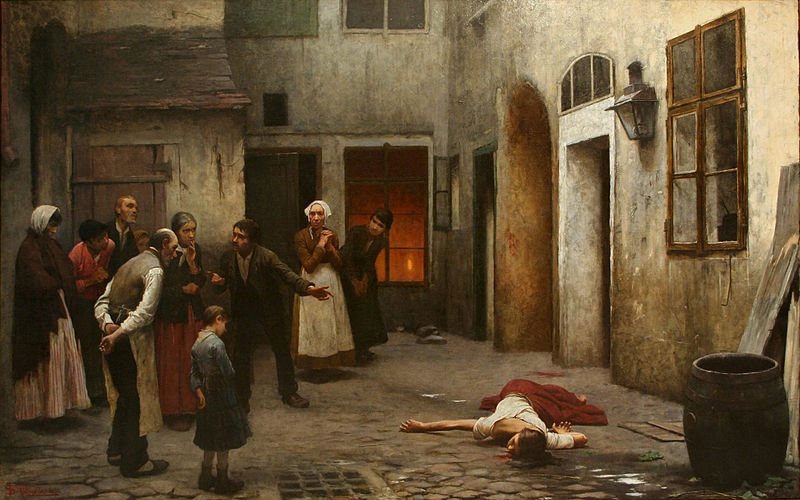

The exploitation of natural resources in the Arctic due to melting sea ice has consequences for marine mammals.
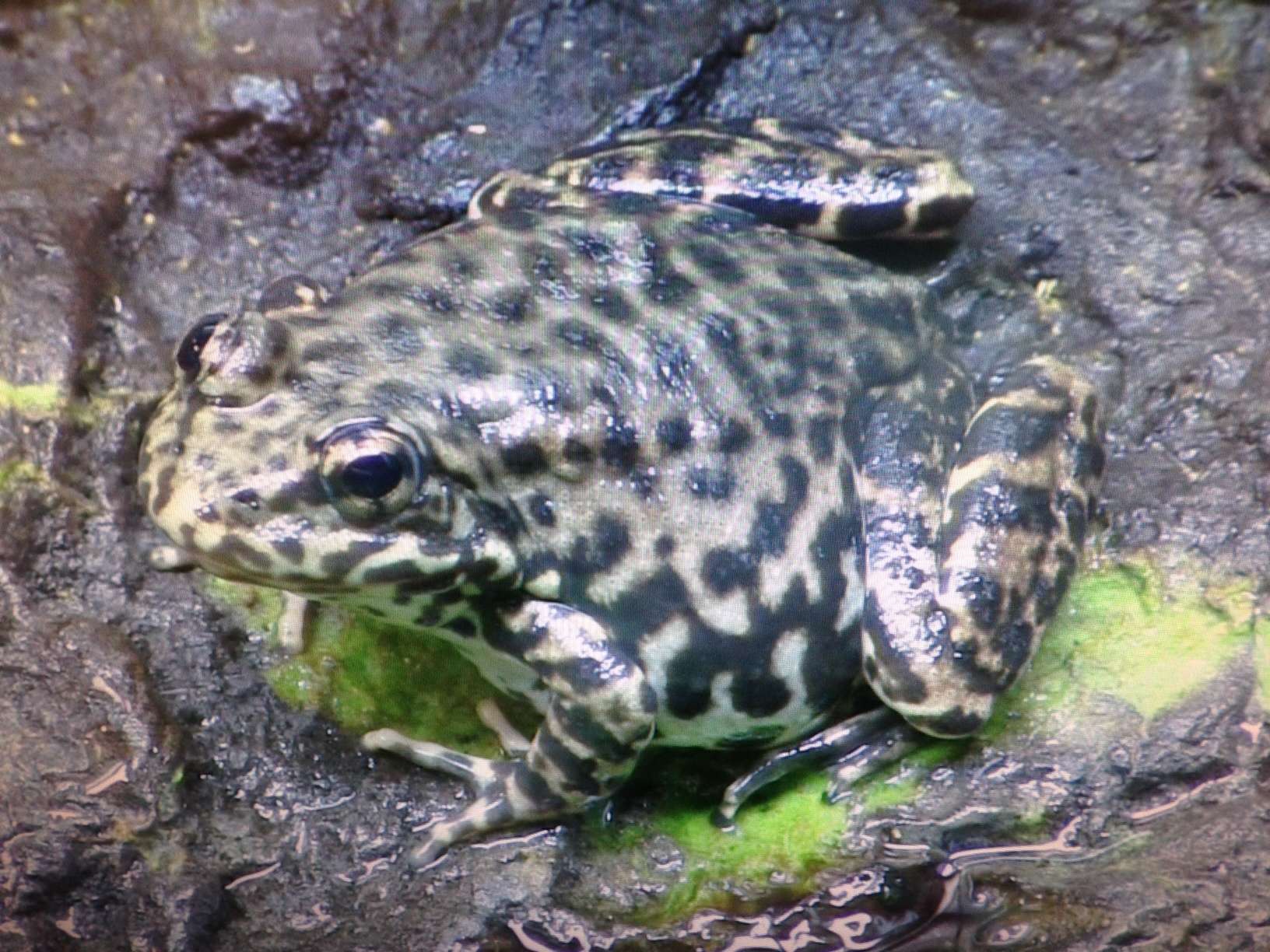
Hibernation is the key to getting an endangered frog species to breed in captivity.
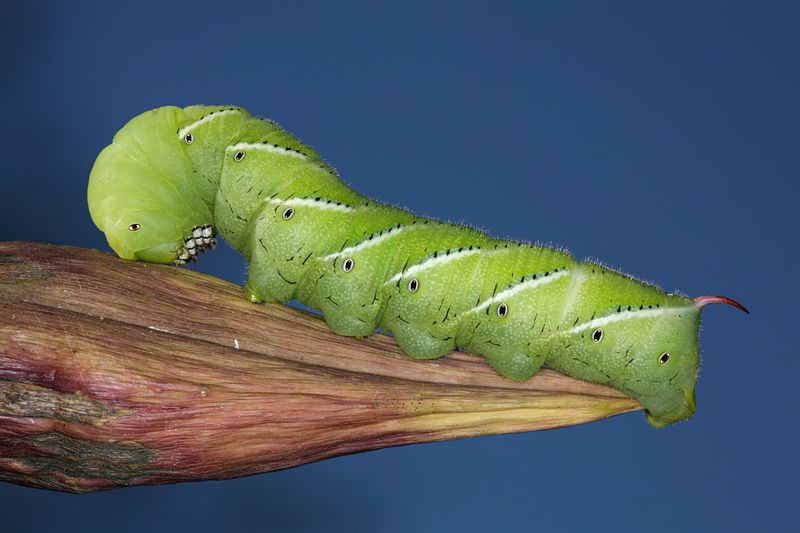
A tobacco-eating caterpillar creates the equivalent of smoker's breath to scare off predators.
The superb lyrebird of Australia combines its songs with specific dance moves to create an elaborate courtship ritual.
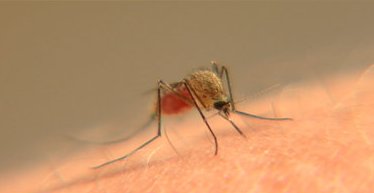
Researchers are trying to develop new insecticides that target mosquitoes' urinary function.
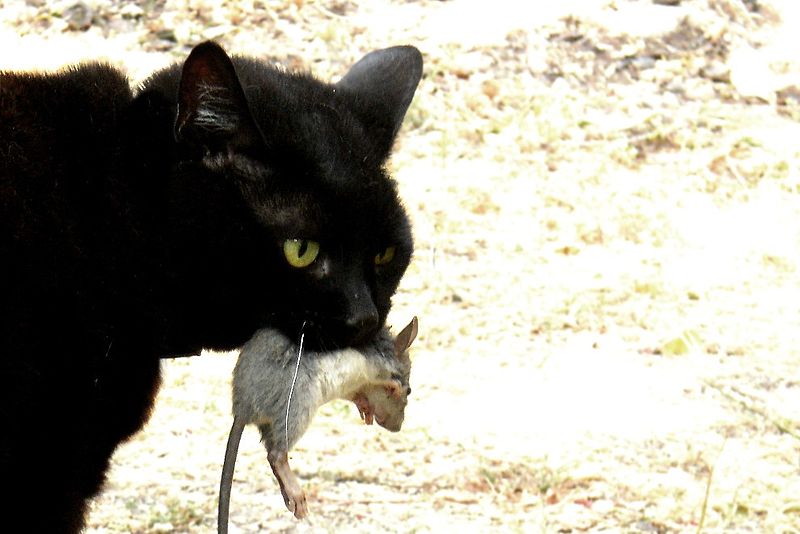
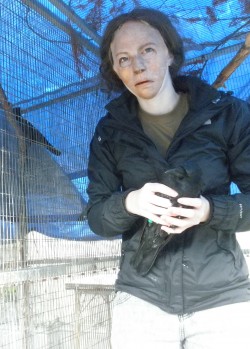
Eight years later, a population of Seattle crows still holds a grudge against the face of their human capturer.
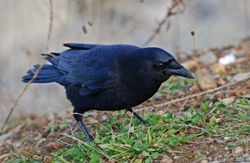
HUMANS AND ANIMALS - The origins of ancient house cats in China. Crows that hold grudges. And, how global warming is creating a new breed of Arctic explorers - of the avian variety. Also: the lengths squirrels will go to to hide their nuts.

A new GPS tracking system could warn wind power companies of oncoming birds in time to prevent deadly collisions.
